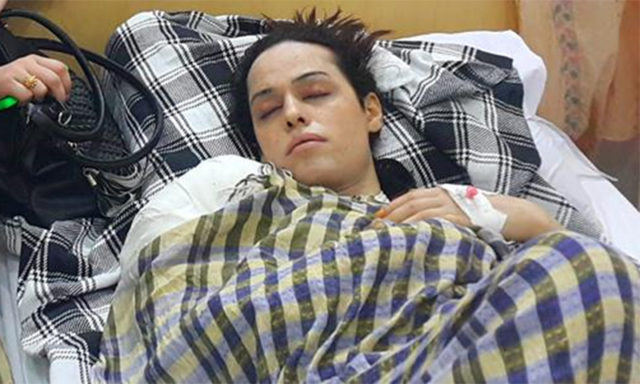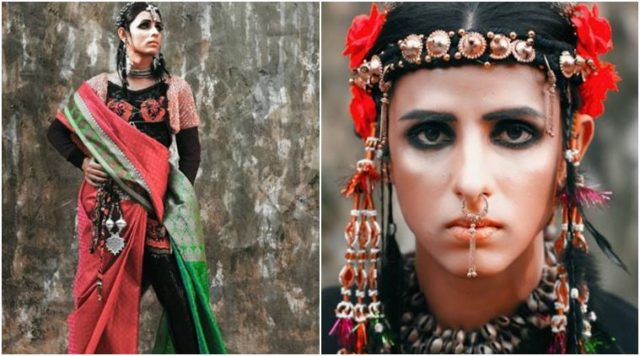The struggle of the transgender community exists throughout the world – be it India or the West. Or our close neighbour, Pakistan. The community lives on the periphery of existence – ostracized by the society and refused to be treated as equals.
And even if they are recognized as equals anywhere, being a transgender innately comes with a social stigma attached to itself. Our discrimination against them begins at a very early stage – when your mother asks you to not look at them when and if you suddenly encounter a person. Even though the law accepts them as citizens, it is a different matter what the law says and how it is being practiced in real life. A law, I believe, can only change the nature of a judgement. It alone cannot change the mindset of a society.
In Pakistan, there have been many cases of violence against the transgender community. Alisha, a Pakistani transgender activist was shot and her treatment delayed because there was a whole dilemma whether to admit her to male ward or a female ward. Really? We never knew that the sex of a person really matters to carry a treatment forward. We never knew that the decision to be comfortable in your own skin will jeopardize every social security the government is bound to provide to its citizens.
But wait, this isn’t the worst part of the story. Qamar Kassam, a Trans Action Alliance (TAA) activist reported that the doctors kept asking Alisha if she only danced and how much she charged, and the blood laboratory doubted if her blood was HIV positive. (I know what you’re thinking – what has being a transgender individual to do with HIV?).

Kami Sid, a transgender activist and now a model decided to counter this rampant transphobia by taking the best route – making herself visible to the Pakistani community. Because frankly, these days you HAVE TO make yourself visible to be heard.
Kami Sid and the team, a whiff of fresh air

She collaborated with photographer Haseeb M. Siddiqi, stylist Waqar J. Khan, and makeup artist Nighat Misbah in an inspirational photoshoot against transphobia, making a debut as the first Pakistani transgender model. A major shout out to all those people who collaborated with Kami Sid to make this happen.

Success is not always a single story. The collaboration of Siddiqi, Khan and Misbah gives us a broader perspective on how there are people in Pakistan who stand up for those like Sid and want to make trans rights possible in a country that does not give the community its due recognition.
It gives people around the world hope. It gives people in India hope too.
Kami Sid, the activist
Let us not eclipse the story of activism Kami Sid is associated with. She was a speaker at the Karachi Literature Festival this year, and brought forth the epidemic of invisibility trans people are suffering throughout the country. She was the co-organiser of Danish-Pakistani LGBT fest AKS (Film, Art & Dialogue Festival), 2016. She is also demanding a two percent reservation for the Pakistani trans community in government jobs.

Transphobia is an epidemic. And to be honest, trans issues do get sidelined by the greater LGBTQ discourse.
There is a sincere request this author would like to make: please stop comparing Kami Sid with Laxmi Narayan Tripathi. Although I know that it is something that we are all doing in good spirits, but understand that overlapping two activists just reduces them to one entity. It indirectly denies the trans community a visibility.
Both individuals have their own set of ideas. The trans community needs more role models. Laxmi Narayan Tripathi has immeasurable contribution to the trans community, but calling Kami Sid the “Laxmi Tripathi of Pakistan” is an act of an absolute ignorance.
Other Recommendations:
Will The Fatwa Legalising Transgender Marriages In Pakistan Improve The Community’s Social Status?
































